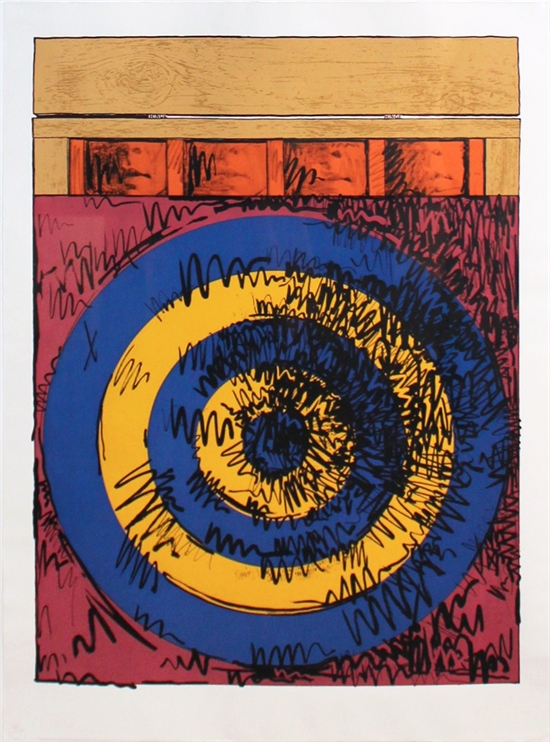#note.//
I took a long look at this color screen print. It's one of Andy Warhol's classic Marilyn Monroe four color screen print on cartridge paper. I initial thought since it said "four color" screen that he used four colors. The four strong colors and the black "newspaper-like" print.
The closest picture I could find on the Intersweb is shown below, but it is nothing like the one I actually saw. Harvard has an "accident" offset print!
What I mean by this is that the blocks of each color do not sync perfectly with the black print. Unlike the picture below, the print a Harvard Museum shows blocks of pink and brown that don't line up exactly with the black print of Marilyn.
I initially thought there were four colors-- two pinks, a yellow, and a brown. These blocks of color obviously don't line up. The way the offsets occur suggests that this was done for a purpose. As with watercolor, the accidents delineate artist from amateur.
The brown hair is offset up relative to black, but the widows peak still matches. Strange, no? Or is it just me imagining things? (Don't look a the picture below. You have to go see this actual print)
The dark pink is the background. The hot pink are the lips and eyelid shadow, with the pink lips offset up from black reference. The eye-circle are in brown, unlike the picture below and are also offset up into the hot pink eyelid shadow to create a sleeping hot pink brown eye! Andy must have thought this funny.
The signature mole is also off set using the darker background pink.
There is probably four different pinks:
1. Background pink, which changes to a lighter shade
2. in a streak at the upper right.
3. Hot pink used for her lips and a collar of a nonexistent blouse? (the picture below has this)\
4. Finally the pink of the mole.
Oh. Hot pink is used for her ear rings!
You'll have to go and see a version of Marilyn and count the pinks! Enjoy.
#object.//





